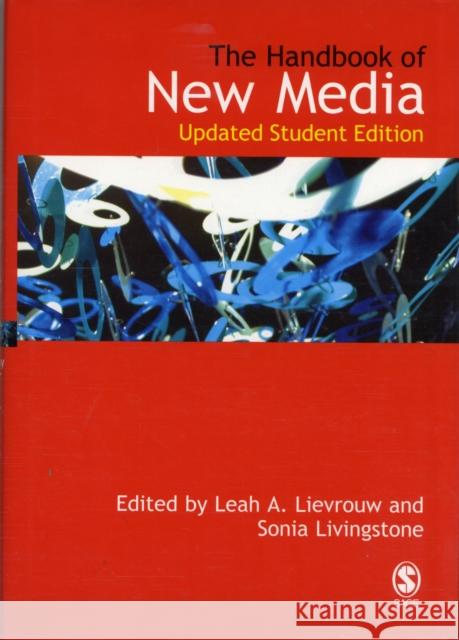Handbook of New Media: Student Edition » książka
Handbook of New Media: Student Edition
ISBN-13: 9781412921220 / Angielski / Twarda / 2006 / 496 str.
"This is the first major review of interactive technologies and their cultural and social context. This is more than a welcome addition to one??'s library; it is the authoritative overview of international research perspectives on interactive media technologies by leading scholars around the world."-Ellen Wartella, University of Texas, Austin
"The Handbook of New Media is a landmark for the study of information and communication technologies within the field of communication. Its international team of editors and authors has brought together insights gained from over two decades of scholarly research. This indispensable reference demonstrates an increased maturity and stature for "new media" research within the field."
-William H. Dutton, University of Southern California
Thoroughly revised and updated, this Student Edition of the successful Handbook of New Media has been abridged to showcase the best of the hardback edition. This Handbook sets out boundaries of new media research and scholarship and provides a definitive statement of the current state-of-the-art of the field. Covering major problem areas of research, the Handbook of New Media includes an introductory essay by the editors and a concluding essay by Ron Rice. Each chapter, written by an internationally renowned scholar, provides a review of the most significant social research findings and insights.
New to this Student Edition: Incorporates a reorganized format into three clearly-defined sections (culture and society; systems, design and industries; and institutions and governance) to make the material more accessible for students and easier to incorporate into course design Provides updated chapters to combineclassic studies and background material with latest developments in the field since the first edition appeared in 2002 Offers a new introduction by the editors to clearly lay out several main themes in new media studies and distinguish the field from and relative to mass media research, as well as providing instructors a guide for ???how to use the Handbook??? in courses. Includes re-titled chapters to reflect their central focus or topic and help students and instructors frame the diversity of material in the book
The First Edition of the Handbook immediately established itself as the central reference work in the field. This new revised edition offers students the most comprehensive and up-to-date introduction to the area.











